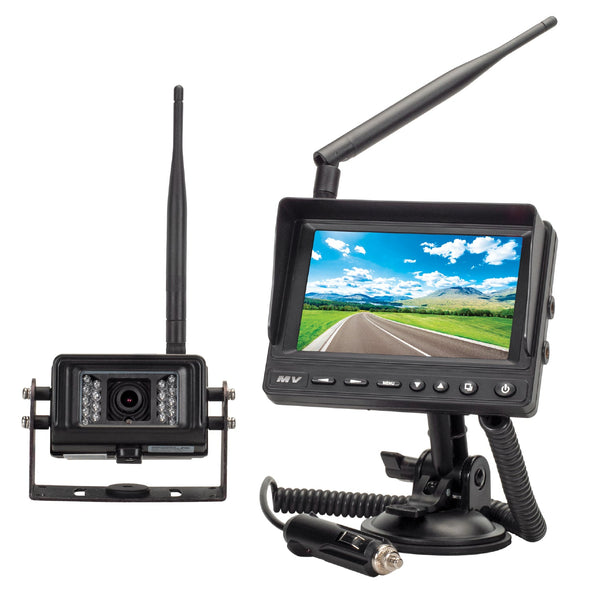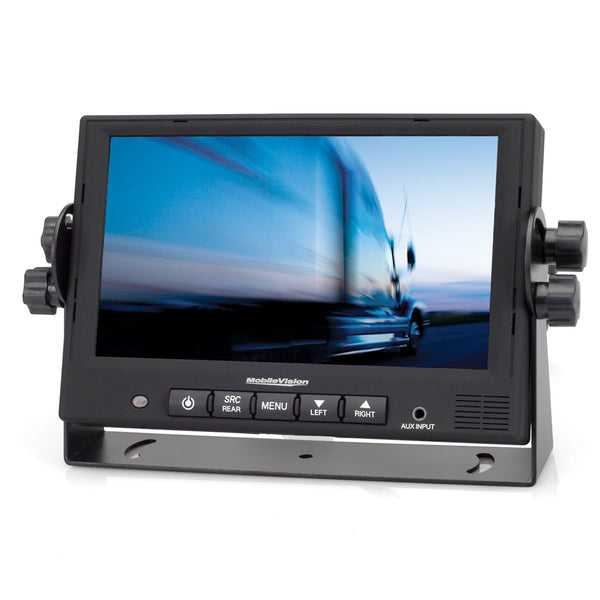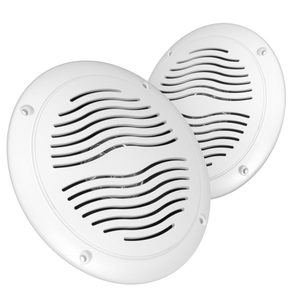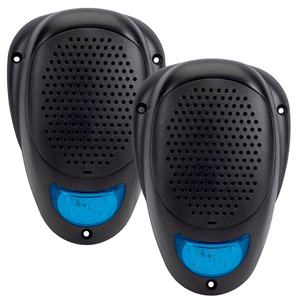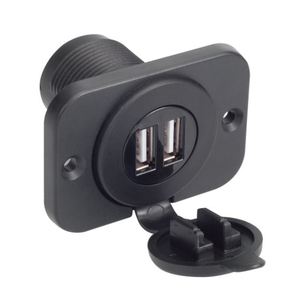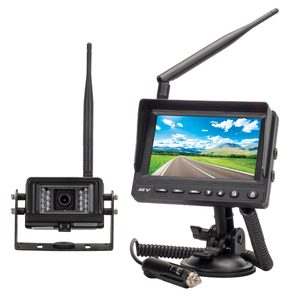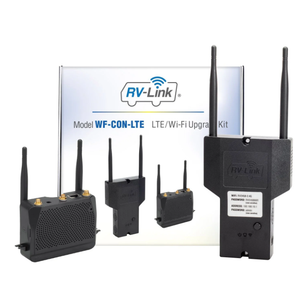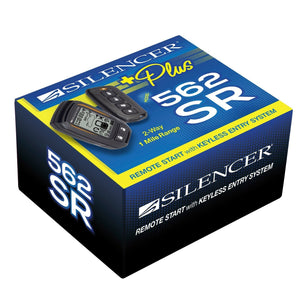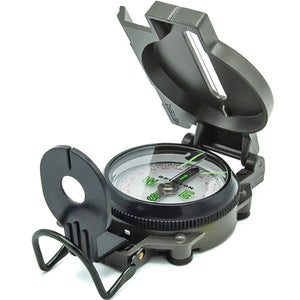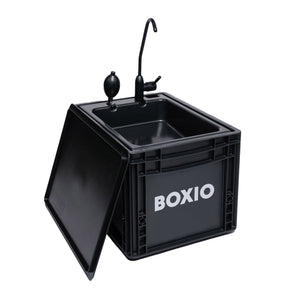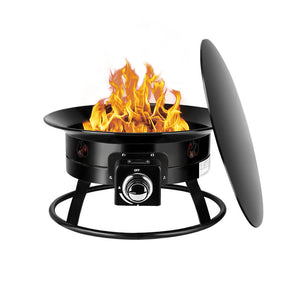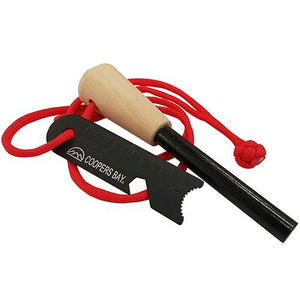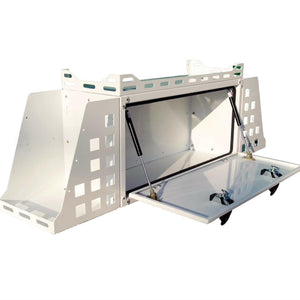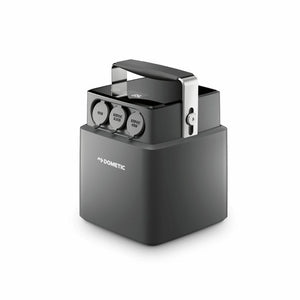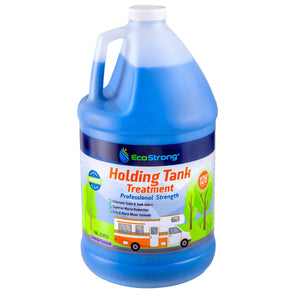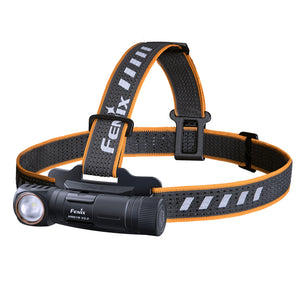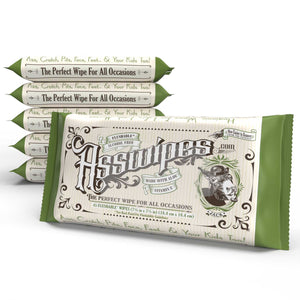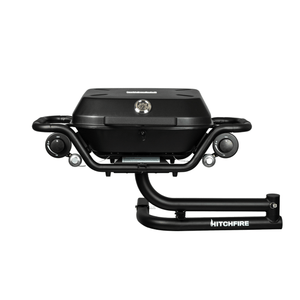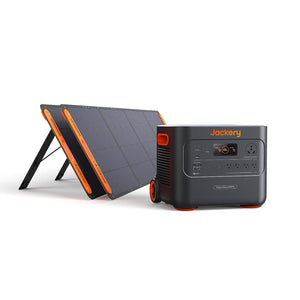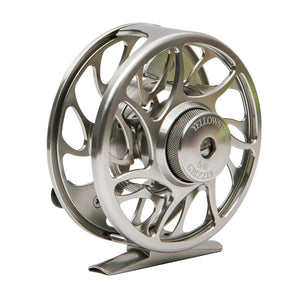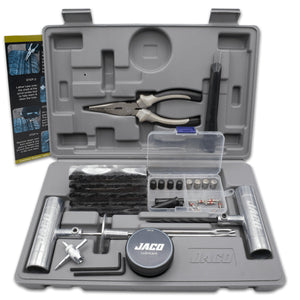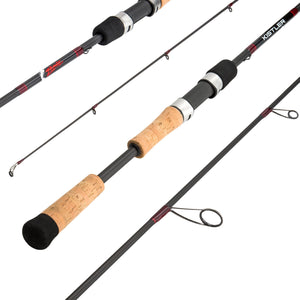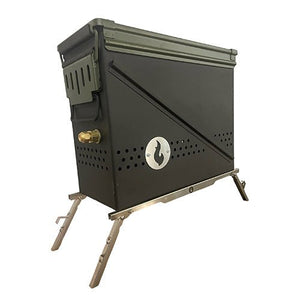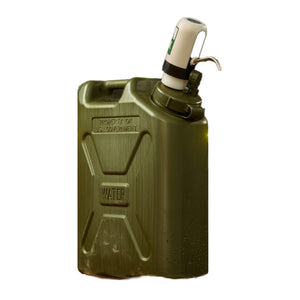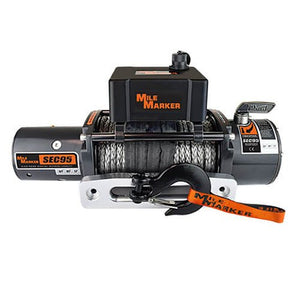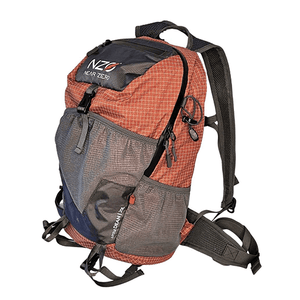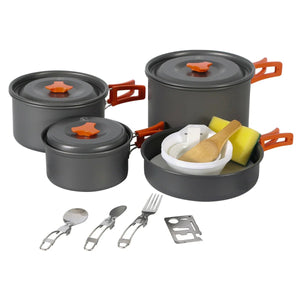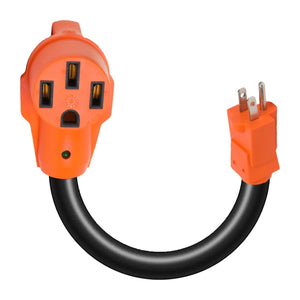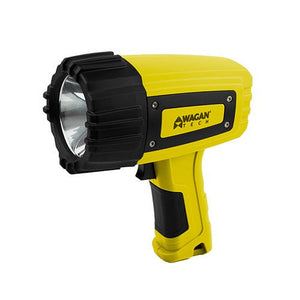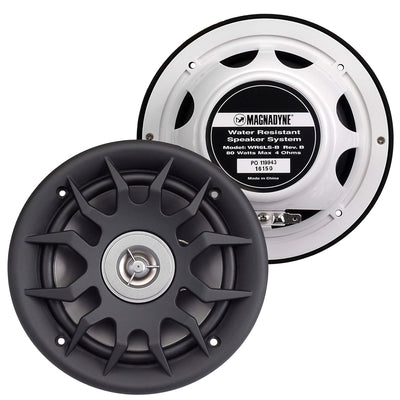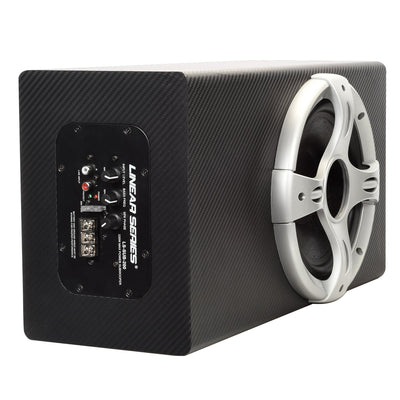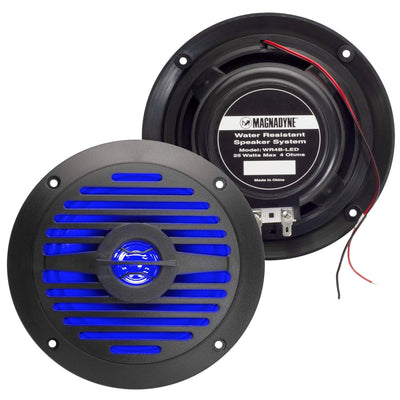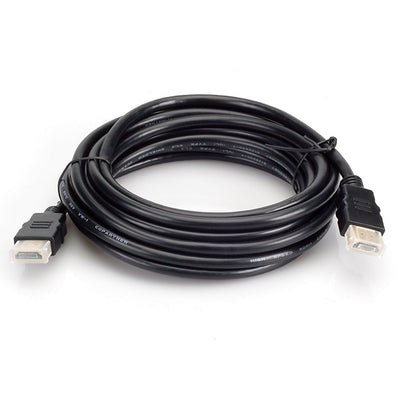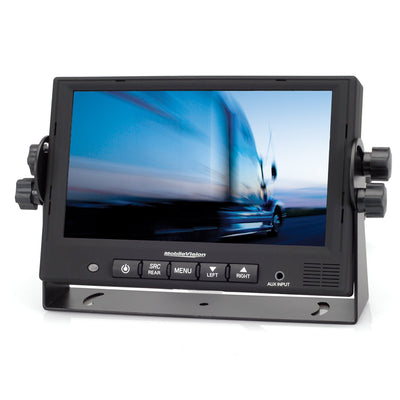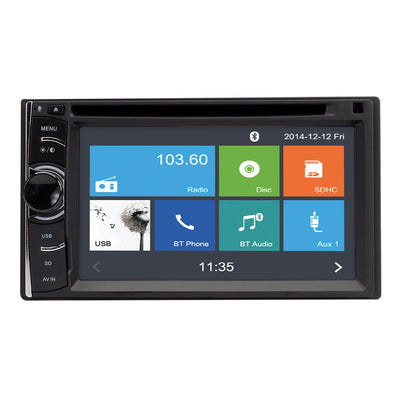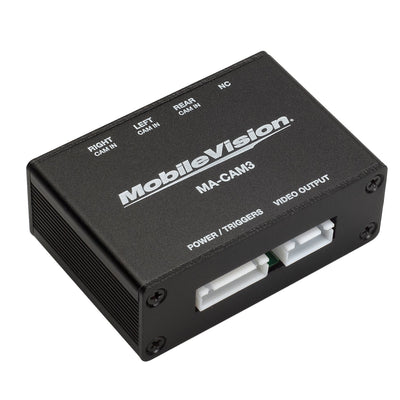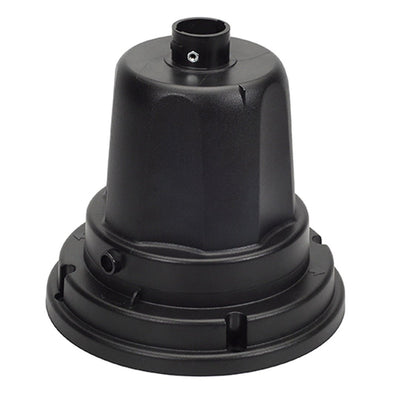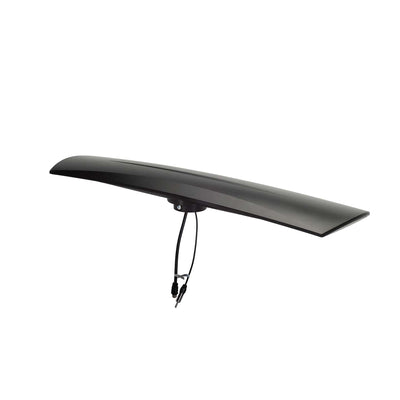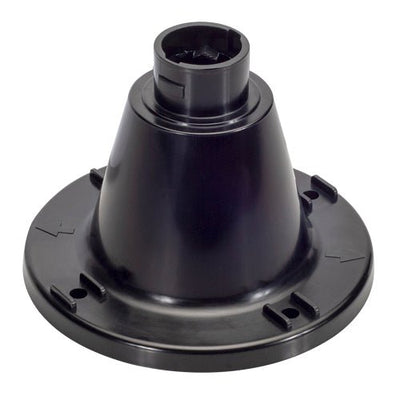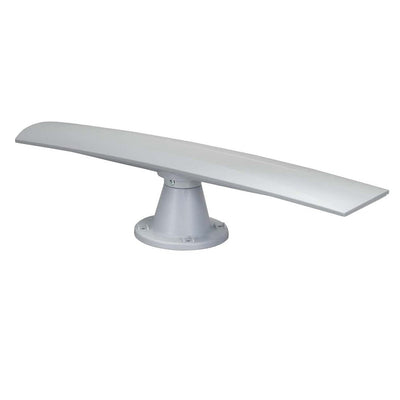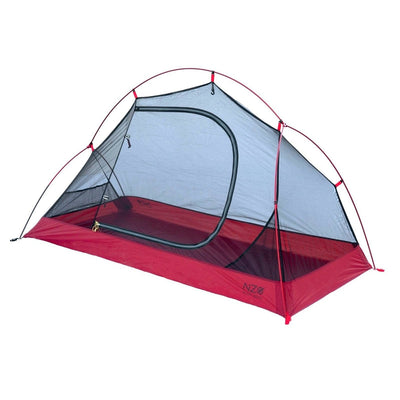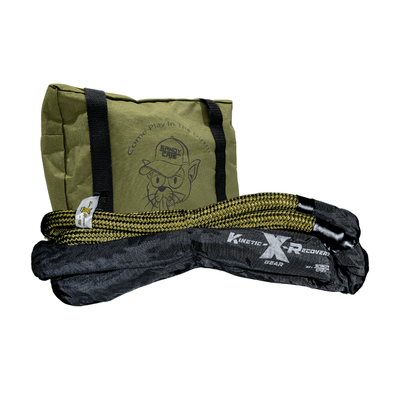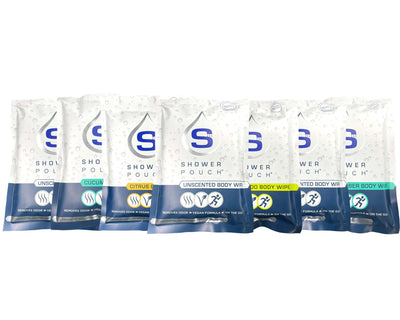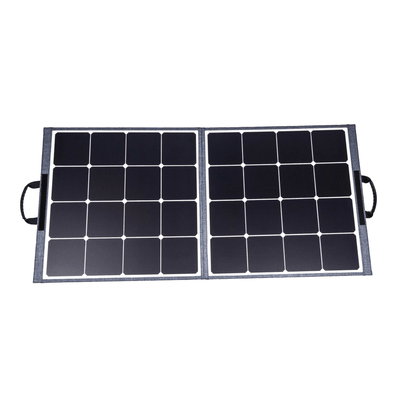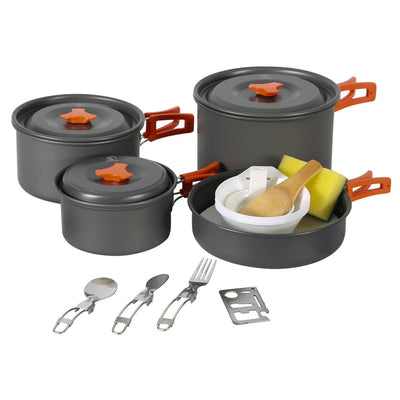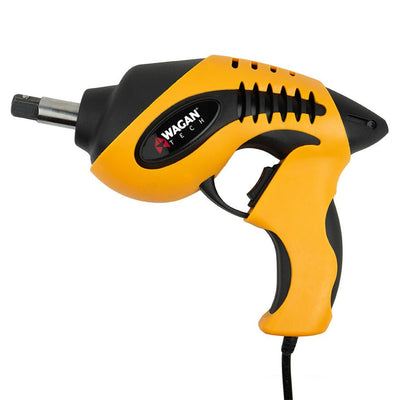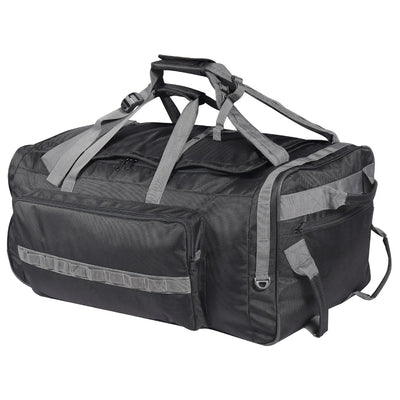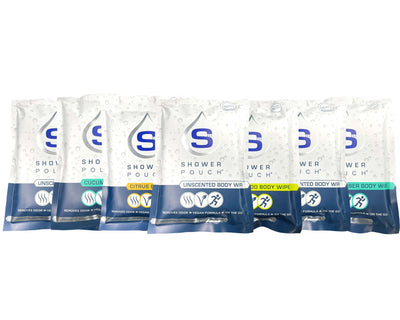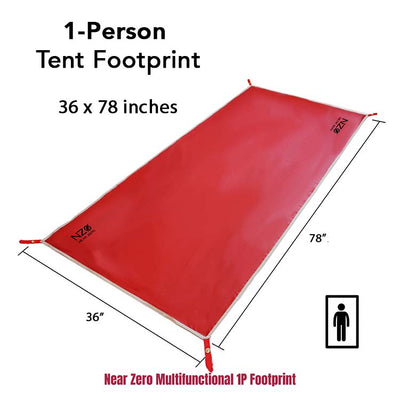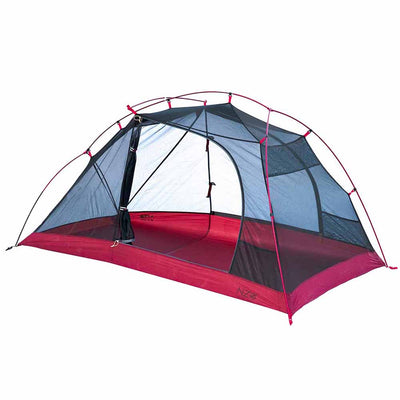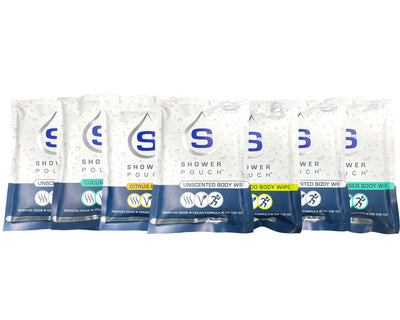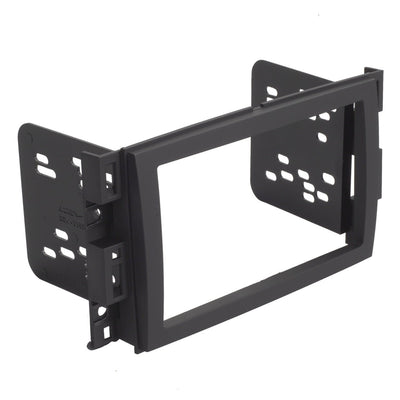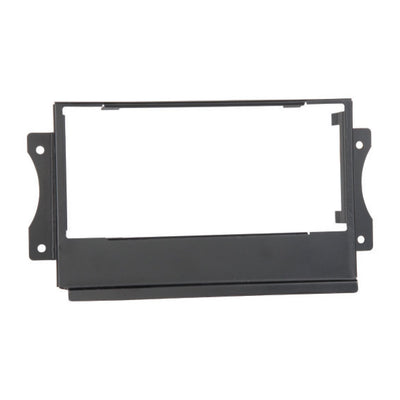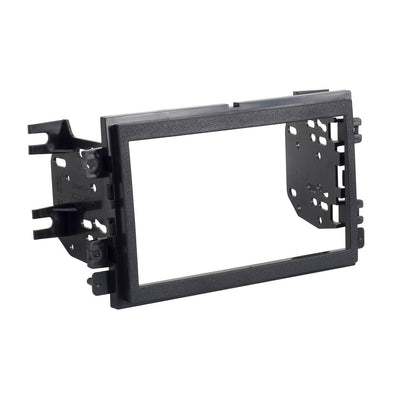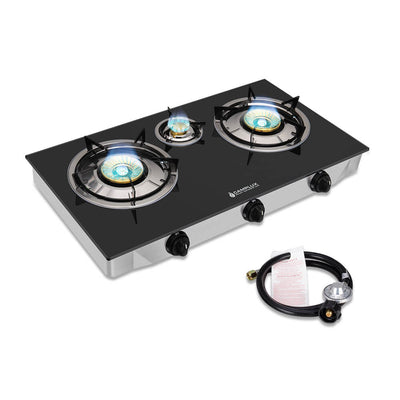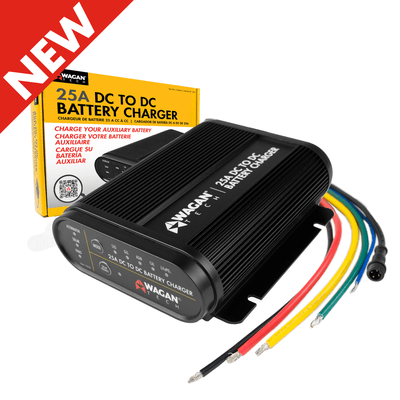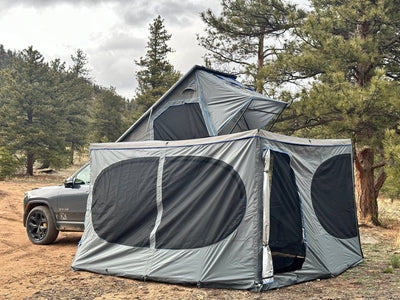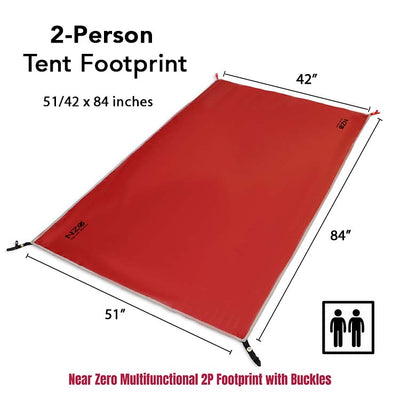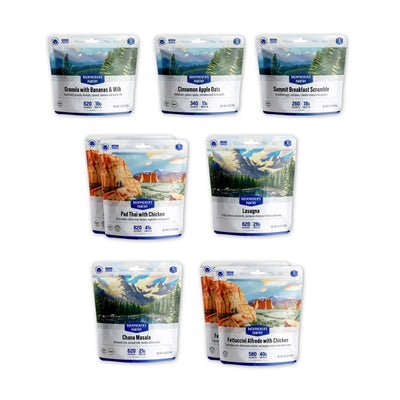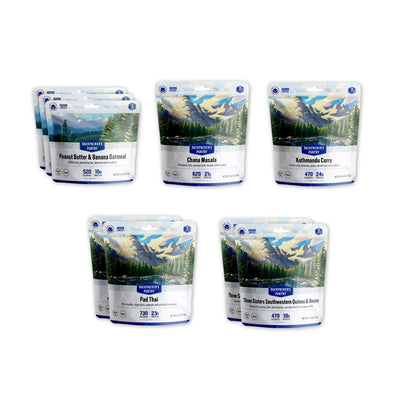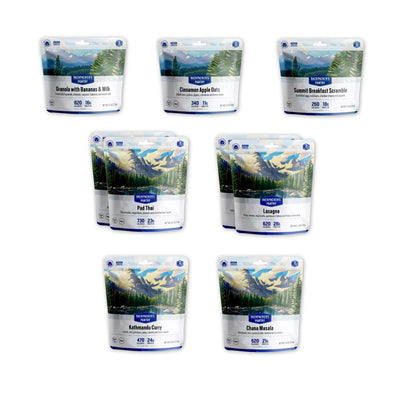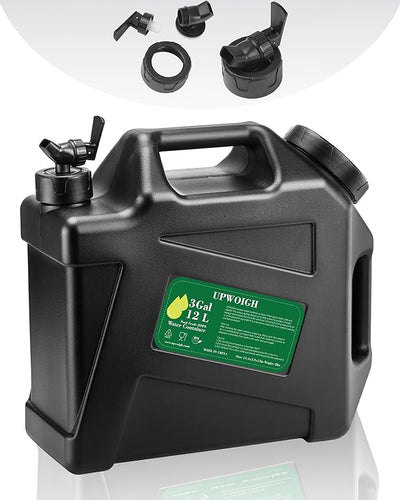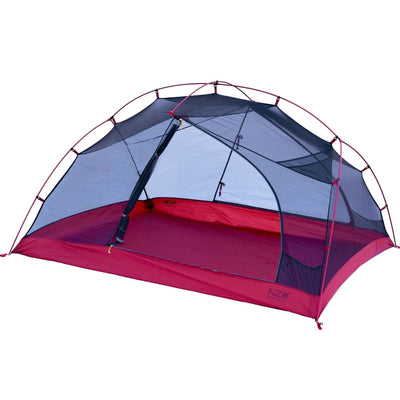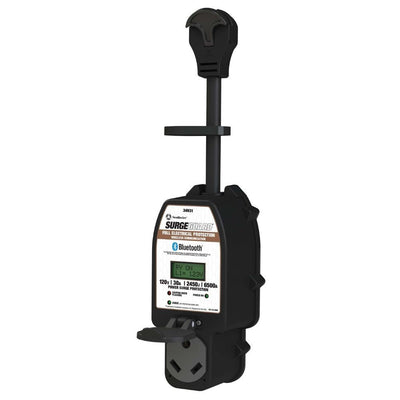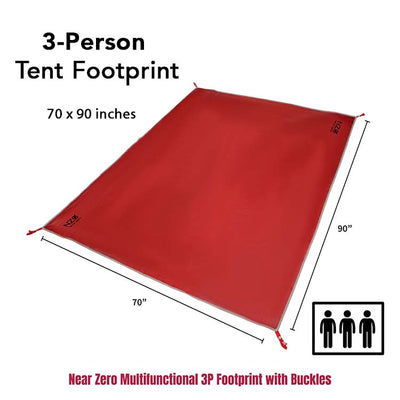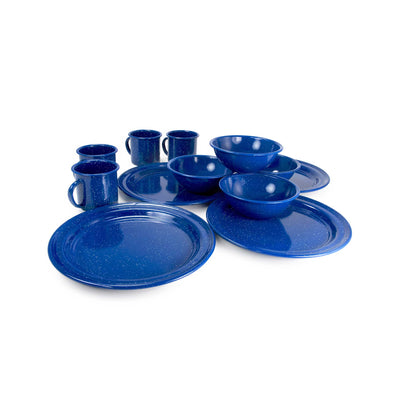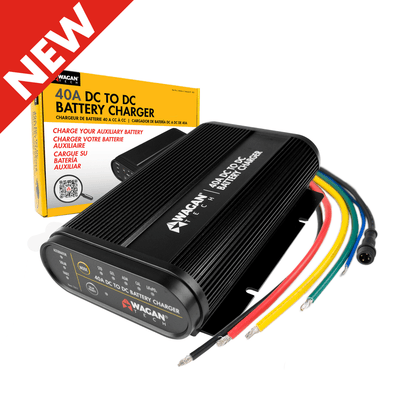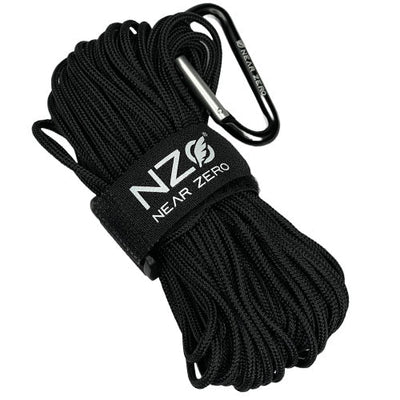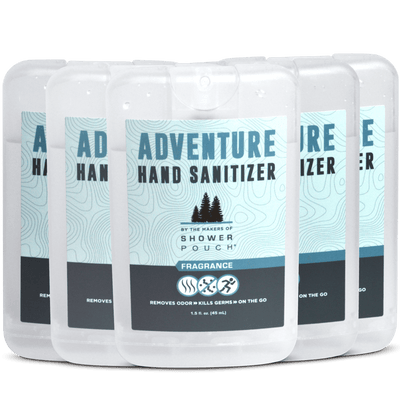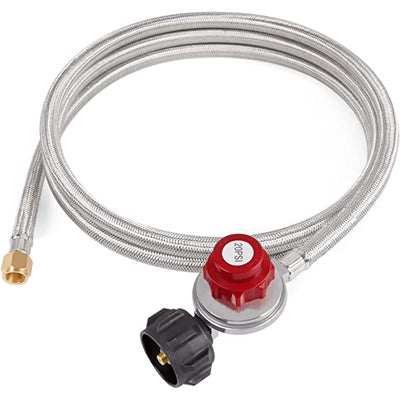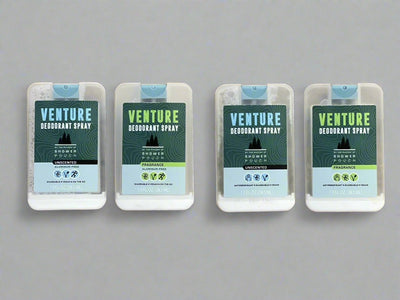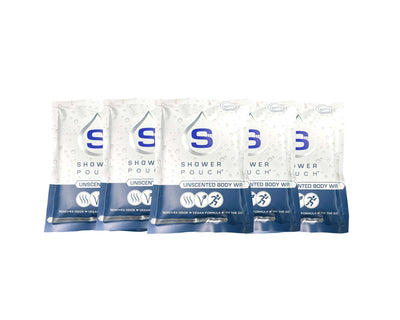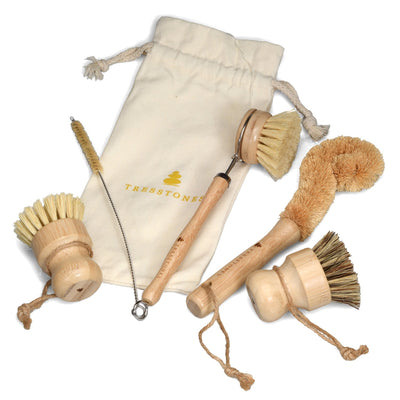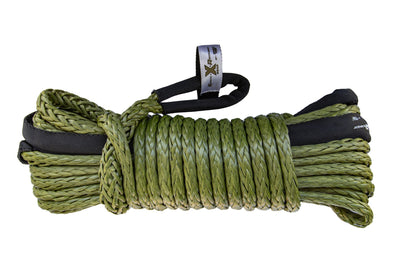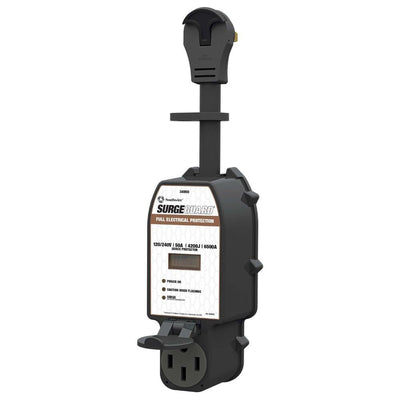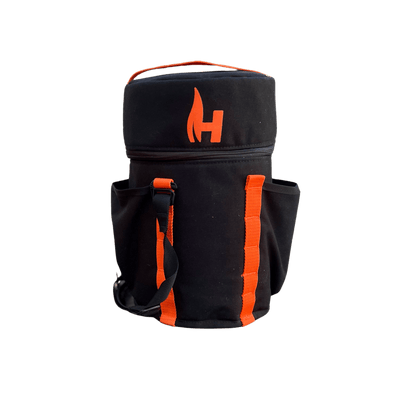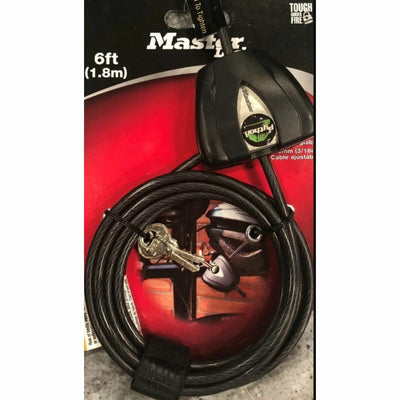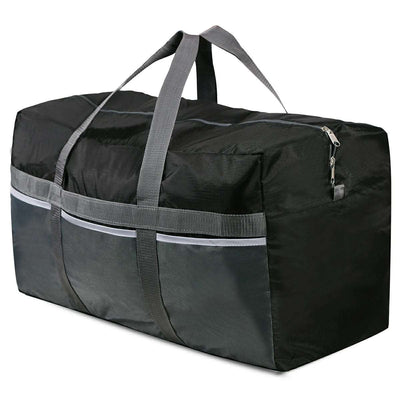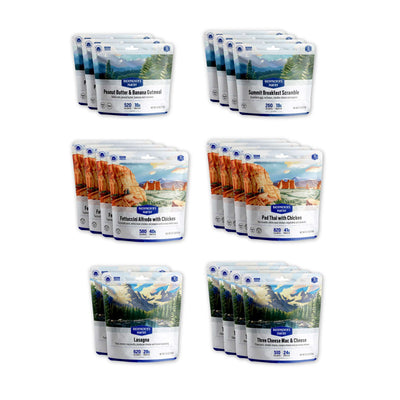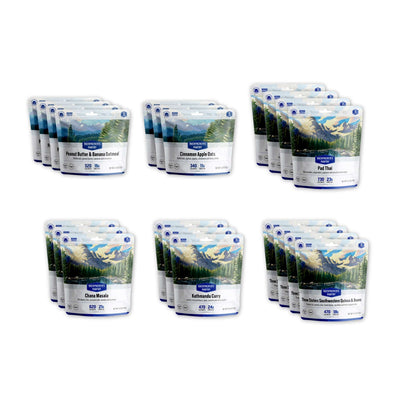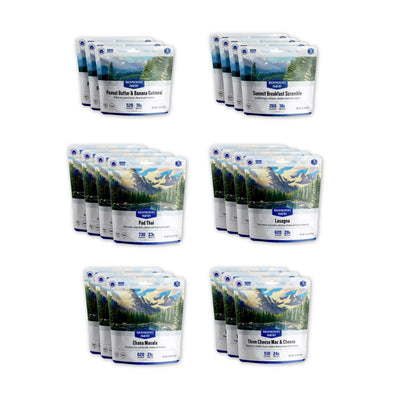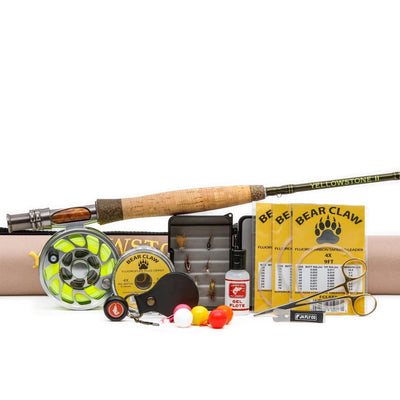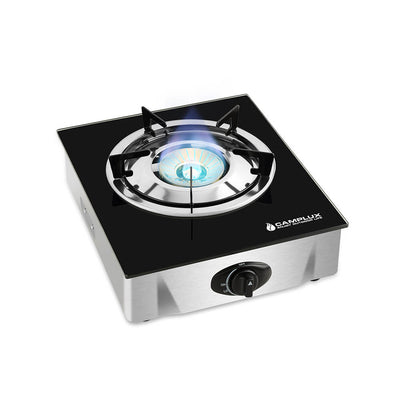February. The heart of winter. While some folks are dreaming of spring, RV owners are often battling a more immediate threat: frozen pipes. A burst pipe can lead to costly repairs and a ruined vacation (or worse, a full-time living nightmare). But fear not, fellow adventurers! With a little preparation and vigilance, you can keep your RV pipes flowing freely even in the chilliest February weather.

Understanding the Enemy: How Pipes Freeze
Before we dive into solutions, let's understand why pipes freeze in the first place. It's not just about the temperature dropping below freezing (32°F or 0°C). Factors like wind chill, the duration of freezing temperatures, and the insulation of your RV all play a role. Water expands when it freezes, and that expansion puts immense pressure on your pipes, leading to cracks, leaks, and bursts.
Proactive Measures: Preparing Your RV for the Freeze
Prevention is key when it comes to frozen pipes. Here's a comprehensive checklist to get your RV ready for February's frosty grip:
- Drain Your Water System: This is the most crucial step. Completely draining your freshwater tank, water heater, and all water lines eliminates the water that can freeze and cause damage. Don't forget to drain the low-point drains (usually located underneath the RV) and open all faucets and valves to allow for complete drainage. Bypass your water heater, if possible, to avoid damage.
- Winterize Your RV: If you're not planning on using your RV throughout the winter, a full winterization is the best defense. This involves not only draining the system but also adding RV antifreeze to the plumbing lines. This antifreeze is specifically designed for RVs and is safe for your plumbing system. Follow your RV's manual for specific winterization instructions.
- Insulate Exposed Pipes: Even if you drain your system, some water can remain in the pipes. Insulating exposed pipes, especially those located in unheated compartments, can help slow down the freezing process. You can use pipe insulation sleeves, heat tape (used with caution!), or even wrap pipes with towels or blankets in a pinch.
- Seal Any Gaps or Cracks: Cold air can seep into your RV through gaps around windows, doors, and storage compartments. Seal these areas with weather stripping or caulk to minimize drafts and keep the interior warmer.
- Skirt Your RV (If Stationary): If your RV is parked in one location for an extended period, consider skirting it. This involves creating a barrier around the base of your RV using materials like plywood, tarps, or even hay bales. Skirting helps to block wind and trap warmer air underneath the RV, protecting your pipes.
- Heat Your RV (Even When Not in Use): Maintaining a temperature above freezing inside your RV is essential. Even if you're not using it, keep the thermostat set to a reasonable temperature (around 40°F or 4°C). This will help prevent the pipes from freezing. Consider using a space heater in addition to your RV's furnace but always prioritize safety and never leave space heaters unattended.
- Monitor the Weather: Keep a close eye on the weather forecast. If a deep freeze is predicted, take extra precautions, such as turning up the heat and checking your pipes regularly.
During a Freeze: What to Do
Even with the best preparation, unexpected freezes can happen. Here's what to do if you suspect your RV pipes are freezing:
- Check for Frozen Pipes: Turn on a faucet. If no water comes out, or if the flow is significantly reduced, you likely have a frozen pipe.
- Thaw Frozen Pipes (Carefully!): Never use a direct flame to thaw frozen pipes. This can damage the pipes and even cause a fire. Instead, try using a hairdryer or a heat lamp aimed at the frozen section of the pipe. You can also try wrapping the pipe with warm towels or using a portable heater nearby.
- Check for Leaks: Once the pipes have thawed, check carefully for any leaks. Even small leaks can lead to significant water damage.
Long-Term Strategies for Cold Climates
If you live in an area with consistently cold winters, consider these long-term strategies:
- Upgrade Your Insulation: Improving the insulation in your RV can help keep it warmer in the winter and cooler in the summer.
- Install Heated Water Hoses: Heated water hoses can prevent the water in your hose from freezing, especially if you're connected to a water source.
- Use a Portable Generator: If you're boondocking in cold weather, a portable generator can provide power for heaters and other appliances.
Don't Let Winter Win!
Freezing temperatures are a force to be reckoned with, but with the right preparation and a little vigilance, you can keep your RV pipes flowing freely throughout February and enjoy your winter adventures without the worry of costly repairs. Remember, a little prevention goes a long way! Stay warm, stay safe, and happy travels!










